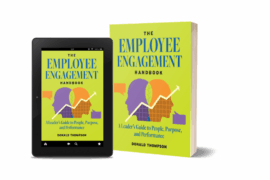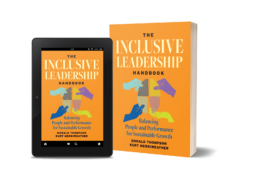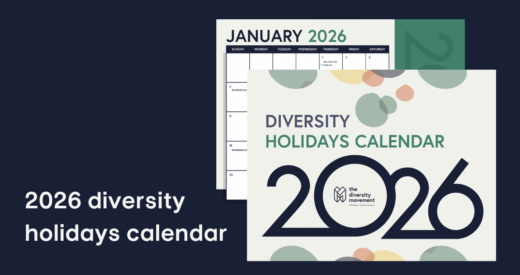At age 10 I learned how to respond to kids who asked me “what are you?”
At age 16 I learned how to divert the attention from my blackness to my whiteness.
At age 18 I learned how to keep the sun off my skin so I wouldn’t get darker.
And in 2011 I was the first African American to make the local waterski team in the summer town in Wisconsin where I spent my summers.
I grew up in a biracial, bipolicital household surrounded by a predominantly Mexican community growing up in Tucson, Arizona, so it wasn’t until I started spending my summers in small town Wisconsin that I learned dark colored skin is not always accepted. While I have always been the token black friend, I have also always been able to chameleon under my own white privilege. And when I knew that privilege was threatened, I learned to wear long sleeve shirts in the sun so I wouldn’t tint the color of my skin any darker.
Despite being able to camouflage around people I knew didn’t accept ‘others’, I was generally proud of my mixed race. I was confused why it wasn’t accepted outside of my hometown, and I was ashamed I had to hide my ethnicity – and yet, I still hid. By the time I entered the workforce, I had meticulously learned how to maneuver between my race and my privilege.
My first experience in corporate America was an experience of conformity, bias, and discrimation all wrapped up into a bow of professionalism. I learned to always wear heels, always have a full face of makeup on, never wear my hair in a ponytail and to be content with being one of two black employees in the office.
I was almost proud I could fit into the mold. I fit in. I was accepted. And that was success to me.
Diversity, inclusion and equity practices go beyond the ‘lunch and learn’ employees are expected to attend. It goes beyond the online training people barely pay attention to. Diversity, inclusion, and equity practices are the active creation of a safe, shared, inclusive and innovative environment.
If diversity, inclusion and equity are the foundational pillars of success to any workplace, Civil Communication is the vehicle to navigate these pillars.
Civil Communication is the act of communicating productively. Civility is the understanding that each individual is worthy of their perspective, experiences, and humanity. Communication is the creation of shared meaning. When we are able to incorporate Civil Communication into the workplace, we no longer hide biases, racism, bullying, and misogyny under the facade of “professionalism”. With Civil Communication we can navigate tough conversations, challenge respectfully, and start to unravel the tightly wound cords of Corporate America to create shared and innovative meaning in the workplace.
It wasn’t until I experienced burn out, tough conversations, and different perspectives that I was able to see outside the facade of professionalism I was originally introduced to.
When I stepped into my next corporate job, I was pleasantly surprised at the acceptance of others and how colleagues frequently met other people where they were at. In fact, in the first two months of being in the new office, I attended a PRIDE Employee Resource Group (ERG) and was astounded by the openness of my new colleagues to tell the stories of their coming out, their struggles with acceptance, and the candidness of their advice.
I couldn’t help but revert back to my conditional thinking…“Was this allowed?” and “Is this professional?” I couldn’t believe I worked for a company that sponsored, and even encouraged, these types of events.
I always knew the conversation needed to change in the workplace, but I didn’t know organizations had already started the progressive movement of incorporating tough conversations, divergent viewpoints and inclusive behavior. Knowing this movement exists gives me hope.
Diversity, inclusion and equity are the foundational pillars of success in the workplace. Civil Communication is ensuring these pillars are, in fact, productive and successful.
Ask. Being inquisitive starts the minute you interview a candidate and it continues into the relationship you build with each other.
“What are you looking for in an organization?”
“What can I do to help you feel safe at work?”
“How can you bring your whole self to work?”
Thinking back to the PRIDE event my company hosted, a question that truly struck me was around transgender identity.
The advice? “Do not be afraid to ask for my pronouns. I would be more offended if you assumed, rather than openly asking”
“What are your pronouns?”
Acknowledge. As much as the corporate culture is always changing, it is still very much stuck in the past. This starts are the management level.
“While executive leadership might not see you, I do. And I will ensure you are enabled to be successful here”
“That meeting was very one-sided. I am curious how you would invite in new ideas”
“I realize I did not step up in the way you needed me too, I will do better”
There is nothing more powerful than a superior acknowledging their own kryptonite and asking for support.
Act. As the old saying goes “Actions speak louder than words”.
Host Civil Dialogues
Go beyond the usual “water cooler” talk at lunch
Utilize 1:1 meetings or performance reviews to incorporate Civil Communication
I still struggle with my identity of a mixed race and the acceptance of my humanity in the workplace. I still have to hold myself accountable to having tough conversations not only with others, but with myself. By having access to diversity and inclusion training, the conversations I need to have with myself, and with others, are no longer hiding in the corner. Because leaders are seeking more diverse workplaces, I am no longer defining success as fitting in. And because of Civil Communication, I am able to voice my hesitations and to stand up for what doesn’t feel right in the workplace.
Civil Communication is the act of communicating productively while acknowledging the experience of the other human being.
Civil Communication is the ability to have conversations that encourages divergent thinking, accepts alternate experiences, and produces harmonious relationships. And it starts by asking if your organization feels accepting of everyone (or if there is a greater need for diversity), acknowledging there is more work to be done, and acting on better business and communication practices.
There is hope for the workplace, for acceptance, and for diversity to be a staple of Corporate America.
This guest blog was contributed by Jenna Wilson, Founder and CEO of Career Civility, a communications consulting and public speaking firm.






